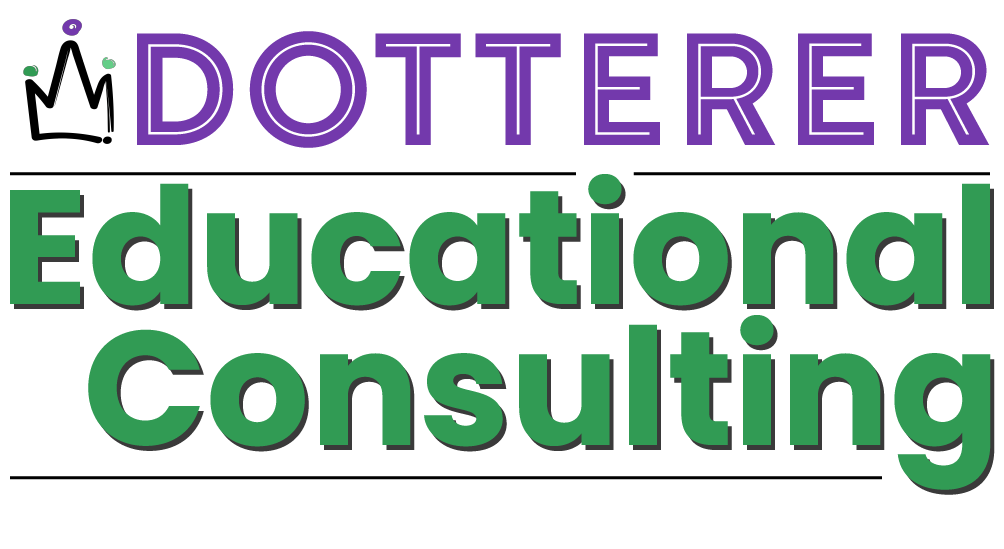As we sat and conversed over a cup of coffee in her living, my friend, Stacy, noticed that I reacted adversely to a peculiar noise coming from up the stairs. Bang. Flop. Boom, boom, boom.
“That [noise] is common around here. That’s Henry rolling down the hallway walls. He’s been doing that since the moment he could walk. Unfortunately, after learning how to run, it has only gotten worse.
Since he entered school, he has spent the first 20 minutes or so after school doing this rolling. I’ve had to remove all the artwork from my walls as he has broken several family picture frames.
I’m surprised the neighbors don’t hear him for as loud as he gets. That’s partially why I asked us to meet here today.
Henry has profound dyslexia and dysgraphia. Although I am an Orton-Gillingham-trained tutor and regular education teacher, I don’t know what to do with him. I suspect his brother is also dyslexic and dysgraphic. We are still in the process of getting him tested.”
I met Stacy through a mutual friend, Carol. Stacy and Carol were on the administrative team of the National Special Education Advocacy Institute. Carol helped me claim a spot in the new class that was forming. I must say, I did not expect this class to change my life as it had. This year-long training was coming to a close, and I needed a coach to administer my practicum hours. I was meeting with her to hire her. Little did I know how getting to know Stacy on a deeper level would change my future as it has.
She agreed to be my mentor. I agreed to help her kids overcome their Sensory Processing Disorder (SPD) and Attention Deficit Hyperactivity Disorder (ADHD), so they could engage in learning.
Henry was stimulating his vestibular and proprioceptive systems. The vestibular system tells your brain where your body is. It synchronizes movement. In comparison, proprioception is the deep pressure inside the joints telling your brain how much to move the joint.
By rolling down the wall, Henry kept his head in an upright position, most likely tilted based on the circle’s position created by rolling. In addition, the pressure of the wall provided a barrier to stimulate the proprioceptive sensors in his joints.
Imagine a funnel. Your body sends messages through the bottom of the funnel, and they expand as the funnel opens. It’s like the brain gets an explosion of input. Now, what does it do? It attempts to process and give feedback.
During school hours, Henry suppresses many of the messages, called inhibition. By the time he gets home from school and is in a safe place, all those messages put in the “later” box need to escape, hence, rolling down the wall. Think of the impulses like an electrical circuit; they only go long before exploding.
After this ritual, Henry completed some homework. After about 30 minutes, he required a vestibular and proprioceptive break. A trampoline is a good source of these sensory pathways. Henry and Stacy alternated between homework and breaks for about two hours.
Observing and providing input, we noticed that Henry’s posture immediately after the break was good for about 10 minutes, then he began slumping. So, I encouraged mom to get his most difficult homework in this time slot. Then, follow with a less intensive need until he required the next break.
Neurologically, this cycle of work and break is called a Pomodoro, invented by Francesco Cirillo in the early 1900s. He realized that he got more work done in 20-40 minute bursts followed by 2 minutes of intense aerobic exercise.
That afternoon, my friend encouraged me to write a book. In 2019, Handwriting Brain-Body DisConnect was published in the Top 100 on Amazon in the Handwriting Reference and Learning Disabilities categories.
Henry’s inability to read and write was overshadowed by the SPD and ADHD symptoms. The impact of Henry’s symptoms interfered with his capacity to engage in learning. Looking at his symptoms from the lens of dysgraphia, mom was correct in stabilizing his sensory-motor cycle to engage him in homework.
Many students attempt to “hold it together” until they are in a safe environment. Create Pomodoro situations to maximize the classroom, clinic, or home environment to maximize learning. Get the ADHD and SPD under control, and the dysgraphia symptoms lessen.
Let me know if you have comments or questions. Then, be a WORD CHANGER and help a child transcend their education and have a Life of Success.
WORD CHANGERS DESIGN LIFE, not just STUDENT SUCCESS.

